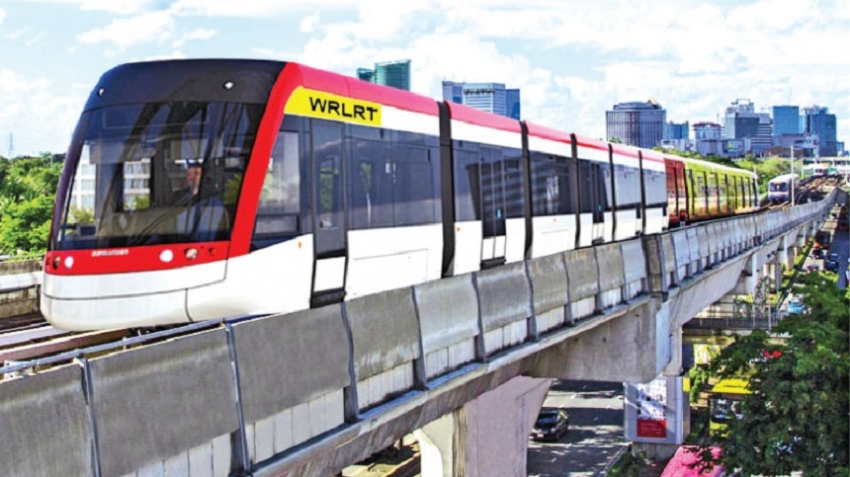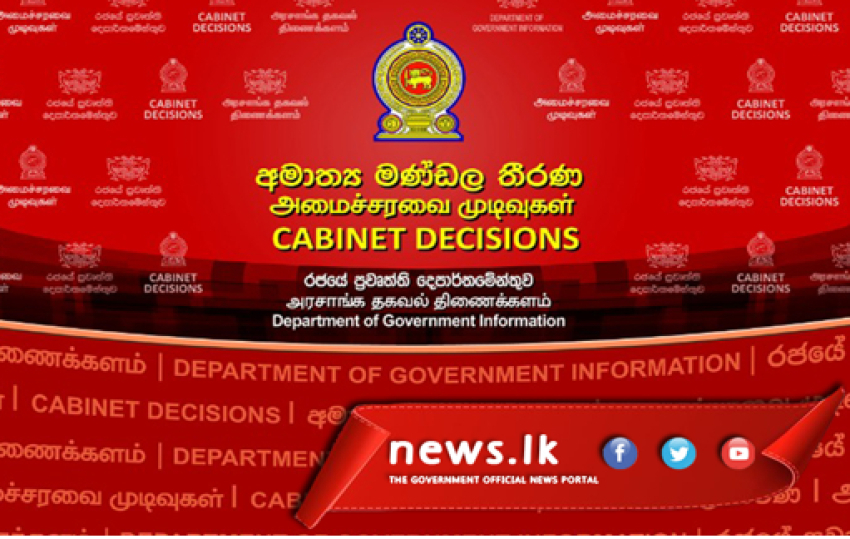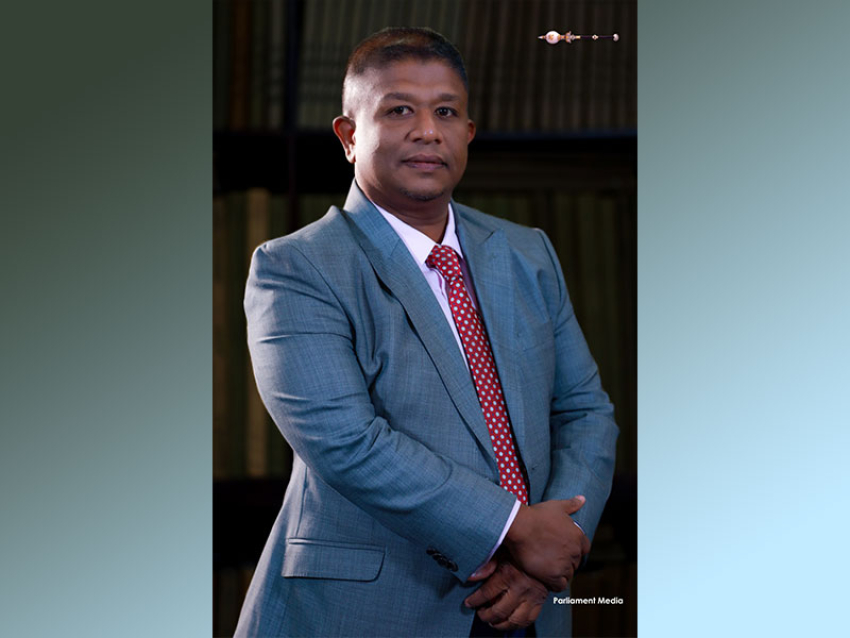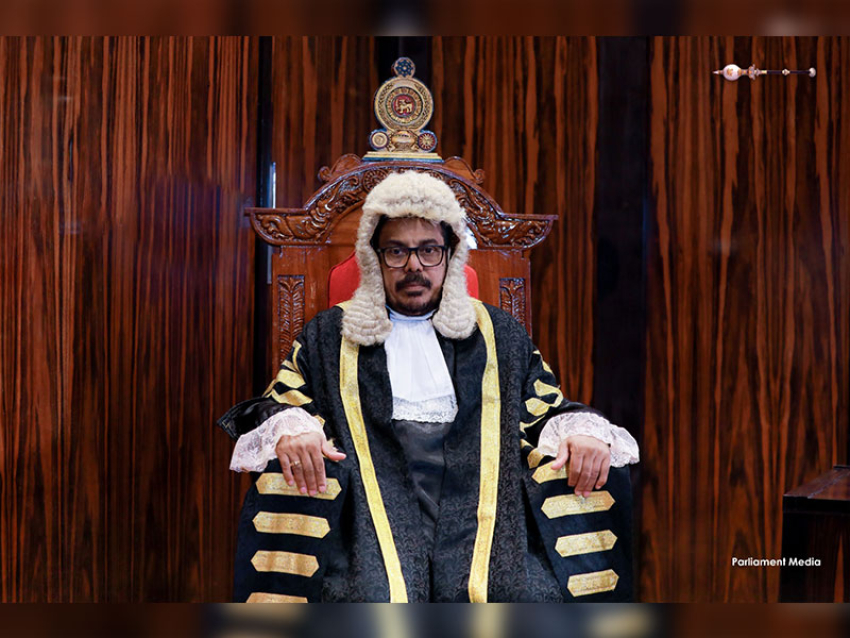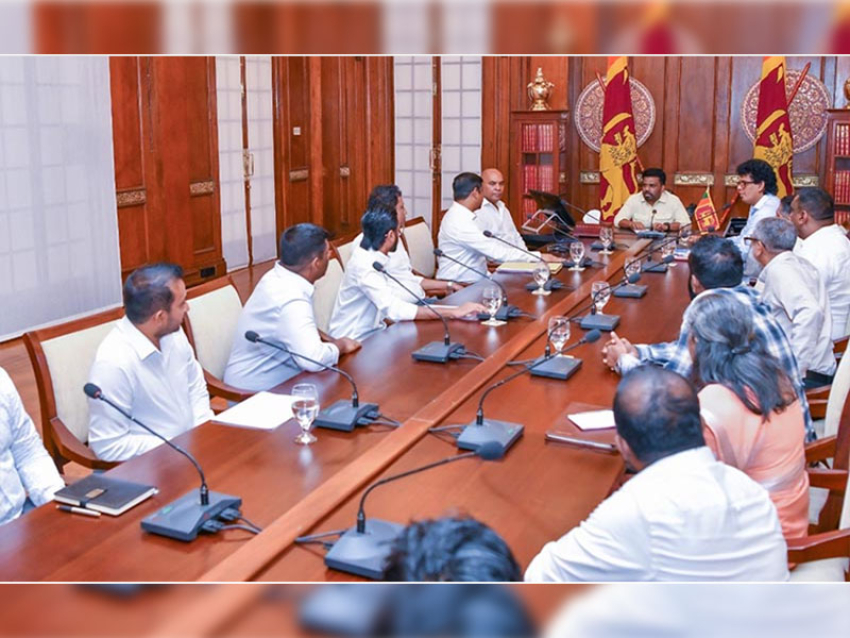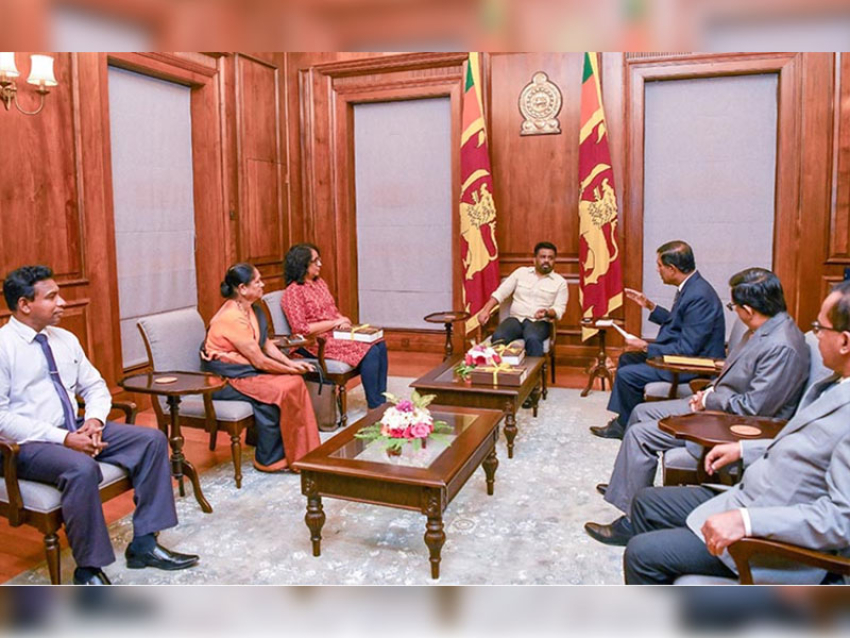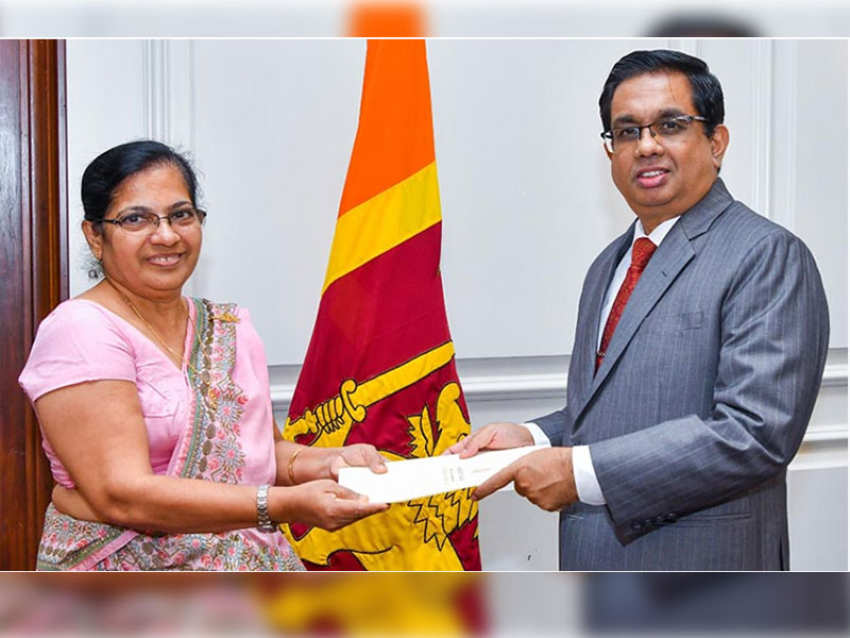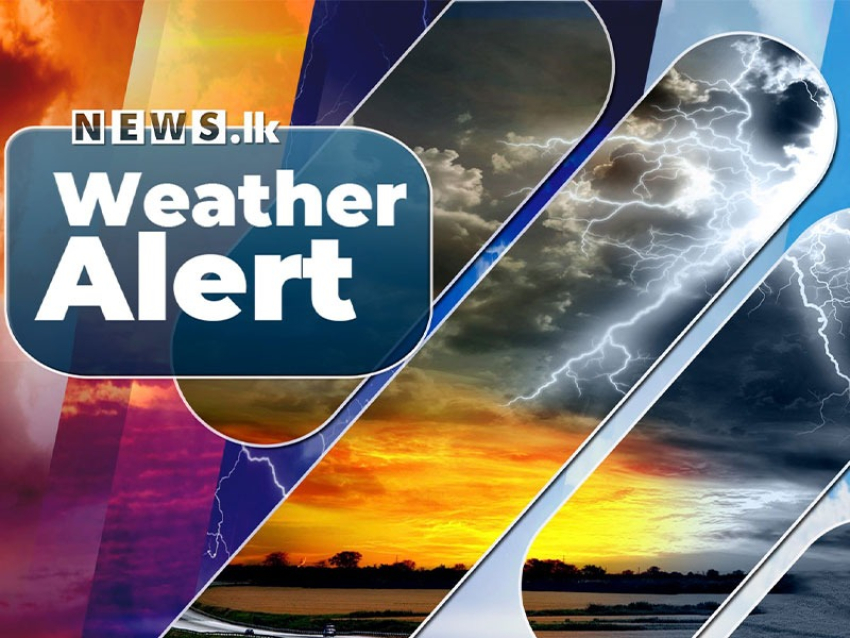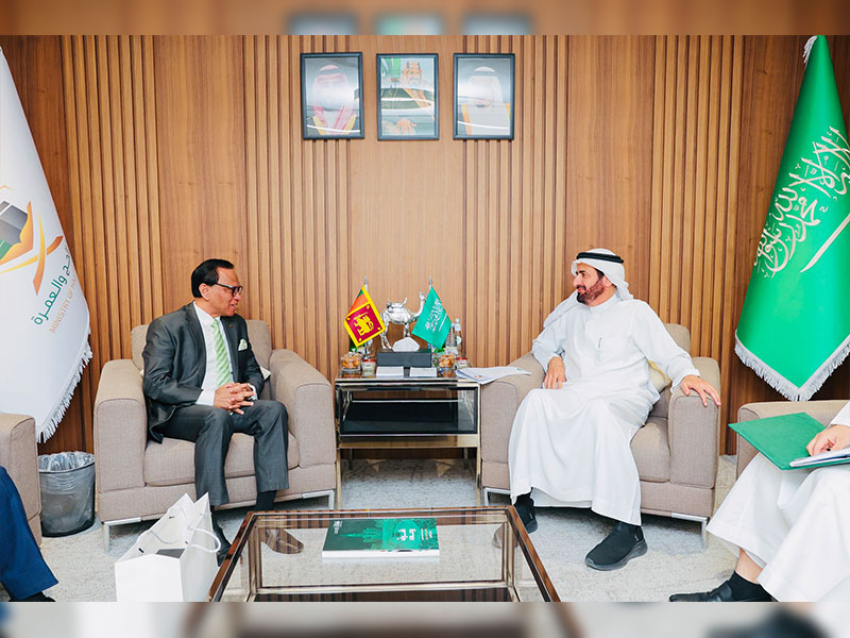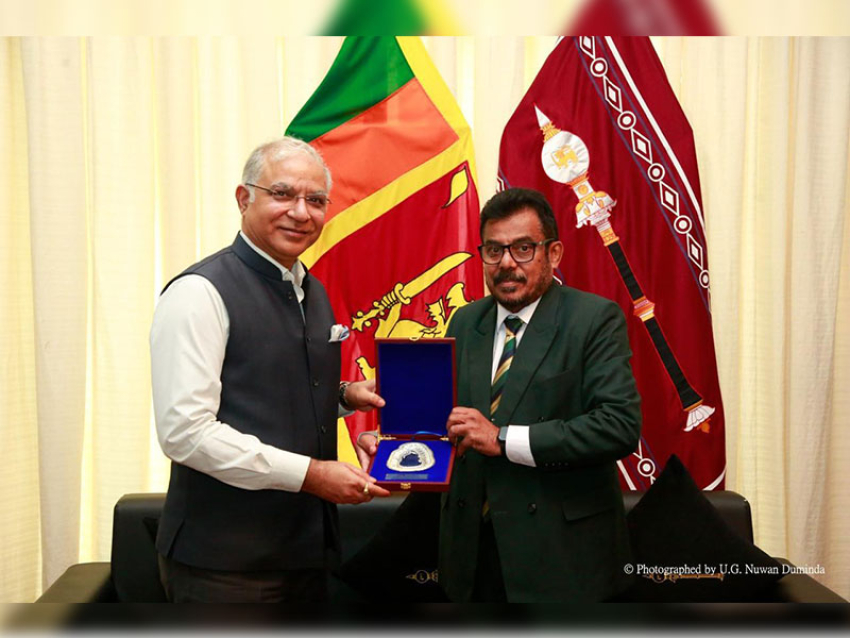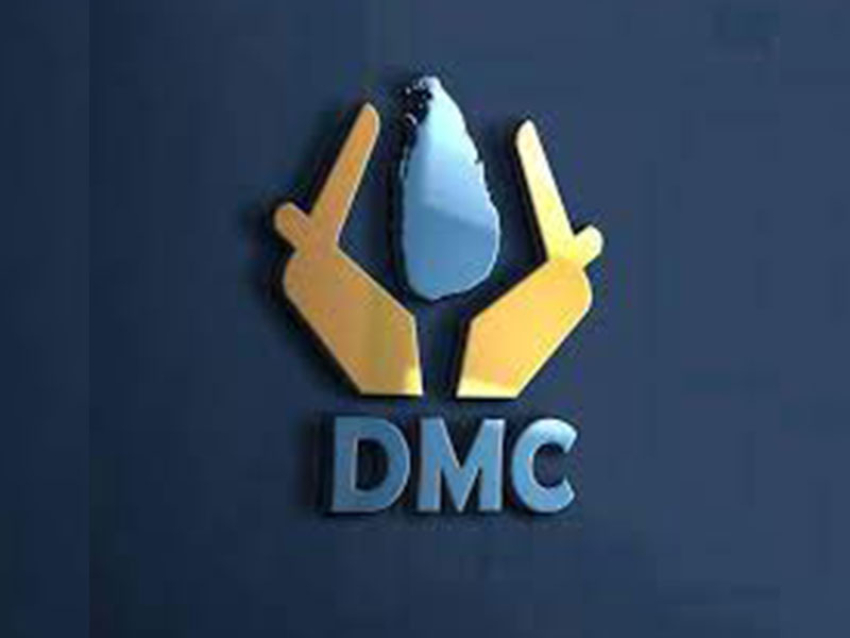Colombo and other cities, especially which are in the western region, have witnessed a rapid change in urban transport in the past decade. Ever-increasing traffic congestion and deterioration of the quality of public transport systems have escalated to a threatening extent causing a huge negative impact on the economic performance of the region, the environmental quality and livability.
The existing public transport system, which serves as an important mode of travel, has serious issues with respect to service quality, capacity and the operating mechanism, and is unable to meet the mobility needs of the population.
Almost 15 percent of city land is already under roads and further widening of roads is difficult.
The average travel speed is around 17km/h in the western region whilst that in the Colombo Municipal Council area is even lesser than 12km/h and will be reduced to about 4km/h in 2035, if it cannot be addressed with any sustainable solution.
Currently, the only available public transport modes in the Central Business District (CBD) are buses and taxis. It is evident that both these modes are unable to provide a quality and comfortable journey to the passenger and also it takes much more time to reach their destination due to the heavy traffic congestion in the city.
The Western Region Transport Development Project (WRTDP) of the Megapolis and Western Development Ministry was established for the implementation of transport projects which have been identified by the Ministry, excluding the light rail transit(LRT) along the Malabe road, which is handled by another project funded by a Japanese loan.
Amongst the identified projects, the Western Region Light Rail Transit (WRLRT) project is the best solution to ensure hassle-free mobility for commuters in the region. The WRLRT will make the connectivity to railways and other high capacity transport modes from the vast underserved (in terms of public transport) catchment in the region. The bus and taxi services will in turn be the feeders to the LRT.
Western Region Light Rail Transit Project
As projected, the population of 5.8 million in the western region in 2012 would increase to 9 million by 2035 with the development anticipated under the Megapolis Plan. Further, the existing road and public transport service have virtually come to a standstill in peak time. Especially within the CBD area, the existing passenger demand is almost exceeding the capacity of transportation infrastructure. While road expansions have been the usual practice that has been adopted, it has been proved that more expansion of roads will only attract more and more private vehicles. Further, the CBD does not have the luxury of available land for the expansion of road; the improvement of public transport has been long-felt for decades.
This method of elevated LRT has advantages of minimum land acquisition and no disturbances to the ground level mobility. Fully electric powered system, zero emission, low noise and energy efficiency are its characteristics. The capacity of the currently proposed system is adequate to cater to 2035 beyond the transport demand.
Feasibility study of WRLRT project
In November 2017, a pre-feasibility and feasibility study was conducted by international consultants to scrutinise the feasibility of the LRT by identifying the best routes to implement this sustainable transport system, most appropriate LRT system to the country, the financial and economic viability, more importantly, the public-private partnership (PPP) viability of the project. After the study, most beneficial three LRT lines were proposed whilst considering the regional connectivity, corridor continuity, investor attractiveness and reasonably sized contract packages for the implementation.
(See figure 01)
WRLRT route description
The Western Region Light Rail Transit will operate three lines, red, blue and green, in addition to the Colombo Light Rail Transit (Malabe–Colombo) line.
1. Red line
The line starts from the Ragama Railway Station and passes along the Outer Circular Expressway to Kadawatha Multi-Modal Centre and reaches Fort Railway Station via Kiribathgoda, Kelaniya University, Peliyagoda, Panchikawatte and Maradana. Thereafter proceeds to Kirulapone passing the Regal Cinema, Slave Island, Nawaloka Hospital, Altair, Colombo City Centre, Nawam Mawatha and Kollupitiya. Then, along the Duplication Road turns to Colombo University, and passes Thunmulla Junction and the Havelock City, and meets the Green Line in Kirulapone.
(See figure 02)
This line will cater the passengers from the Northern Railways and Kandy road to reach the interior of the city and vice versa feed the railway and Kandy Road. Further, along with the proposed railway improvements and electrification, this Red LRT line would be an essential feeder to it.
2. Green line
The Green LRT line will begin at Moratuwa Railway Station and proceed to Piliyandala passing Katubedda and Moratuwa University. Thereafter, it will take the 120 bus route and pass Werahera, Boralasgamuwa and Jayewardenapura University; turn into the Old Kesbewa Road to reach Nugegoda via Delkanda Junction. Then it touches the end station of Red line at Kirulapone. From there, it will proceed along the Baseline Road via Narahenpita, Borella and Dematagoda on its way to the end of the line at Kelaniya Railway Station.
This line will cater the passengers from the Southern Railways and Galle Road to reach the interior of the city and vice versa feed the railway and Galle Road. Further, along with the proposed railway improvements and electrification, this Green LRT line too will be an essential feeder to it.
3. Blue line
The Blue LRT begins at the Makumbura (Kottawa) Multi-Modal Transport Hub. It passes along High-Level Road to Pannipitiya and then along the 174 bus route, passes Depanama, Thalawathugoda, Isurupaya; and turns from Three Bridges Junction to the Denzil Kobbekaduwa Mawatha. Then it passes the RDA Head office, Koswatta Multi-Modal Centre, Mulleriyawa, Angoda, and Kelaniya Temple, and meets the Red LRT line and Kandy Road at Tyre Junction to end at the Hunupitiya Railway Station.
This LRT line passes along some isolated areas where proper public transportation have not been provided. Accordingly, this line will provide a comfortable transport mode by serving to Kelaniya, Angoda, Mulleriyawa and Kotikawatta suburbs. Also, there are many future development plans proposed by the Urban Development Authority to be implemented in these areas. Further, the line will cater the passengers from Kottawa Expressway Interchange which will be a major transport centre in the western region.
The WRLRT network will be connected to every possible main city, sub city, hospital, shopping mall, administrative office and education centre in the western region. Furthermore, it is linked to all main government universities in the region, namely the Kelaniya University, Colombo University, Jayewardenapura University and Moratuwa University. Further, the proposed WRLRT lines traverse through 15 Divisional Secretariat Divisions (DSDs) and 145 Grama Niladhari Divisions (GNDs).
Besides, the present factors of implementing these LRT lines connecting other transport modes, the principles of the identified line network is similar to the lines identified through the CoMTrans Master Plan in 2015, which was suggested as a transport network development plan, in which all projects are inherently inter-linked, run over three planning horizons (short, medium and long-term) and are planned to be implemented from 2015-2035.
Related studies
Meantime, the Environmental Impact Assessment (EIA) and the Social Impact Assessment (SIA) and Resettlement Action Plan (RAP) are being carried out by separate consultancy teams and the studies are about to complete.
Public Private Partnership (PPP)
Since the government is overburdening on debt servicing, the Cabinet directed the Ministry to explore the avenues to finance this project under a Public-Private Partnership (PPP) scheme.
As per the National Procurement Agency, the definition of the PPP project is: “PPP means an arrangement between Government or statutory entity or Government-owned entity on one side and private sector entity on the other, for the provision of public assets and/or related services for public benefit, through investments being made by and/or management undertaken by the private sector entity for a specified period of time, where there is a substantial risk-sharing with the private sector and the private sector receives performance-linked payments that conform to specified pre-determined and measurable performance standards.”
Implementation of WRLRT project
Simultaneous to the pre-feasibility studies, the EOI process (Expression of Interest) was floated and internationally published in April 2017 to select a strategic investor. As a response to the above process, 17 EOI’s were submitted by the interested parties and Requests for Quotations (RFQ) were issued in July 2017 to all these 17 EOI respondents, to pre-qualify the investors. Accordingly, 11 RFQs were received. After evaluation of these 11 submissions, six proponents were shortlisted and prequalified for the submission of investor proposals.
The Request for Proposal (RFP) document to select successful proponents among the six prequalified was prepared by international consultants in collaboration with leading legal consultancy firms in Sri Lanka. The RFPs for the three WRLRT lines were issued on October 2018 and the proposals of the prequalified proponents were received and being evaluated.
The signing of the contract for the project implementation is tentatively expected by the end of 2019.
Economic benefits
According to the WRLRT feasibility study reports, several benefits are anticipated from the implementation of the project and they are estimated based on the demand analysis carried out using STRADA simulation software. LRT lines are more attractive to car traffic and it is expected that there will be a modal shift from car to LRT. Thus, the following benefits are expected;
Saving of vehicle operation cost (VOC)
Reduction in traffic congestion and reduction in emission (Emm Cost)
Saving of travel time cost (VOT)
Decrease in traffic accident cost (ACC cost)
Project Director Engineer P.P. Wijesekara said that the electricity will be obtained from high tension lines, but not from the domestic electricity supply.
Therefore, there will be no blackouts or power cuts. But, the ticket price will change just as fuel price, gas price and electricity price changes.

